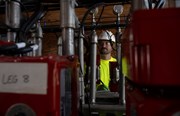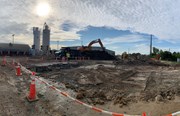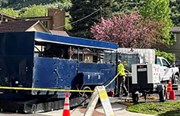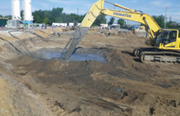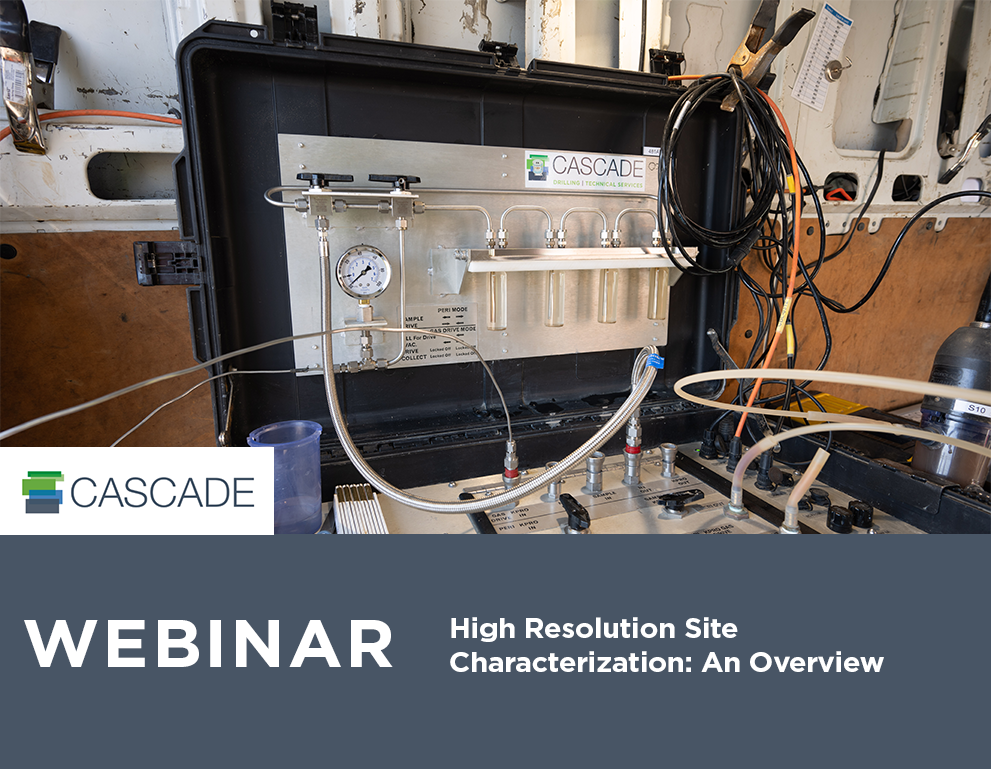Ask the Expert
In a recent interview with the Environmental Business Journal, we answered a question about the impact of automation on remediation processes.
What role does automation play in your current remediation processes?
The response from our experts, John McAssey, Technical Expert, and John LaChance, VP of Development at TerraTherm, sheds light on the transformative power of this technology.
John McAssey emphasizes the importance of automation in enhancing the precision and efficiency of liquid and colloidal solids injection, especially for PFAS with 4 ng/l MCLs. He highlights the fully automated in situ injection technology, Pathfinder, which eliminates the contact shortcomings of traditional injection technologies that haven’t changed in the last 20 years, and provided more effective distribution and documentation of performance.
John LaChance highlights the extensive use of automation in thermal remediation, particularly through the SCADA system. This technology provides real-time monitoring, automated control, and valuable insights into the remediation process. Utilizing this technology adds cost savings and remote monitoring capabilities enabled by automation.
Want to learn more about how automation is shaping the future of remediation? Download the full article and head to page 31 for more on the connection between automation and remediation.
Download Article >>
Environmental Business Journal, Volume 37 Numbers 5/6: Q3 2024: Remediation & PFAS Market Report






